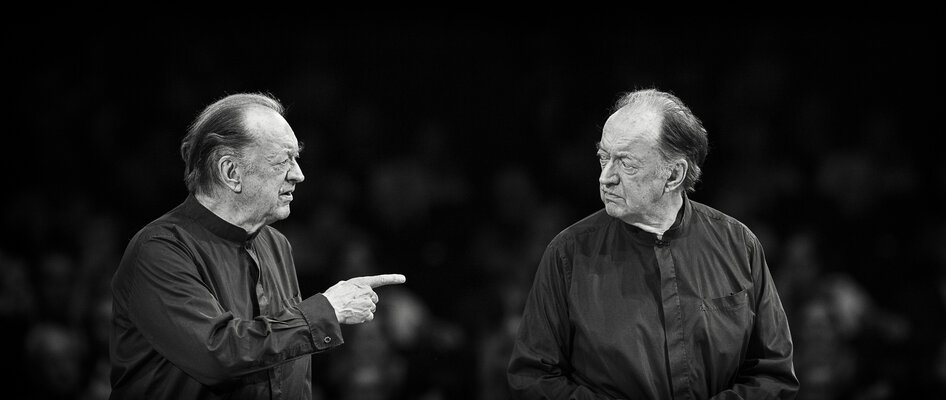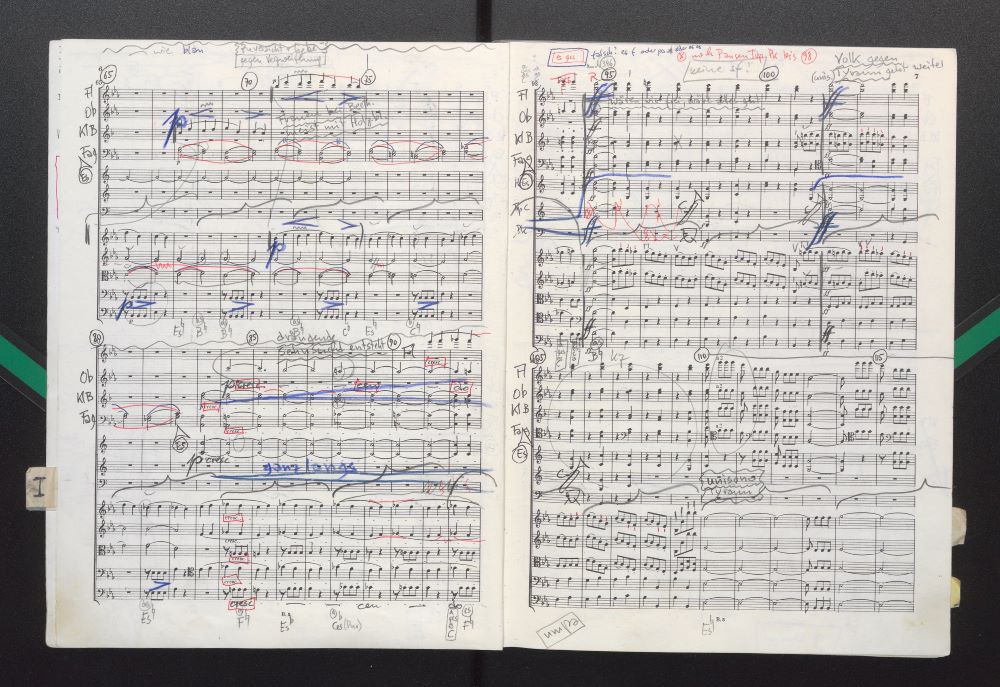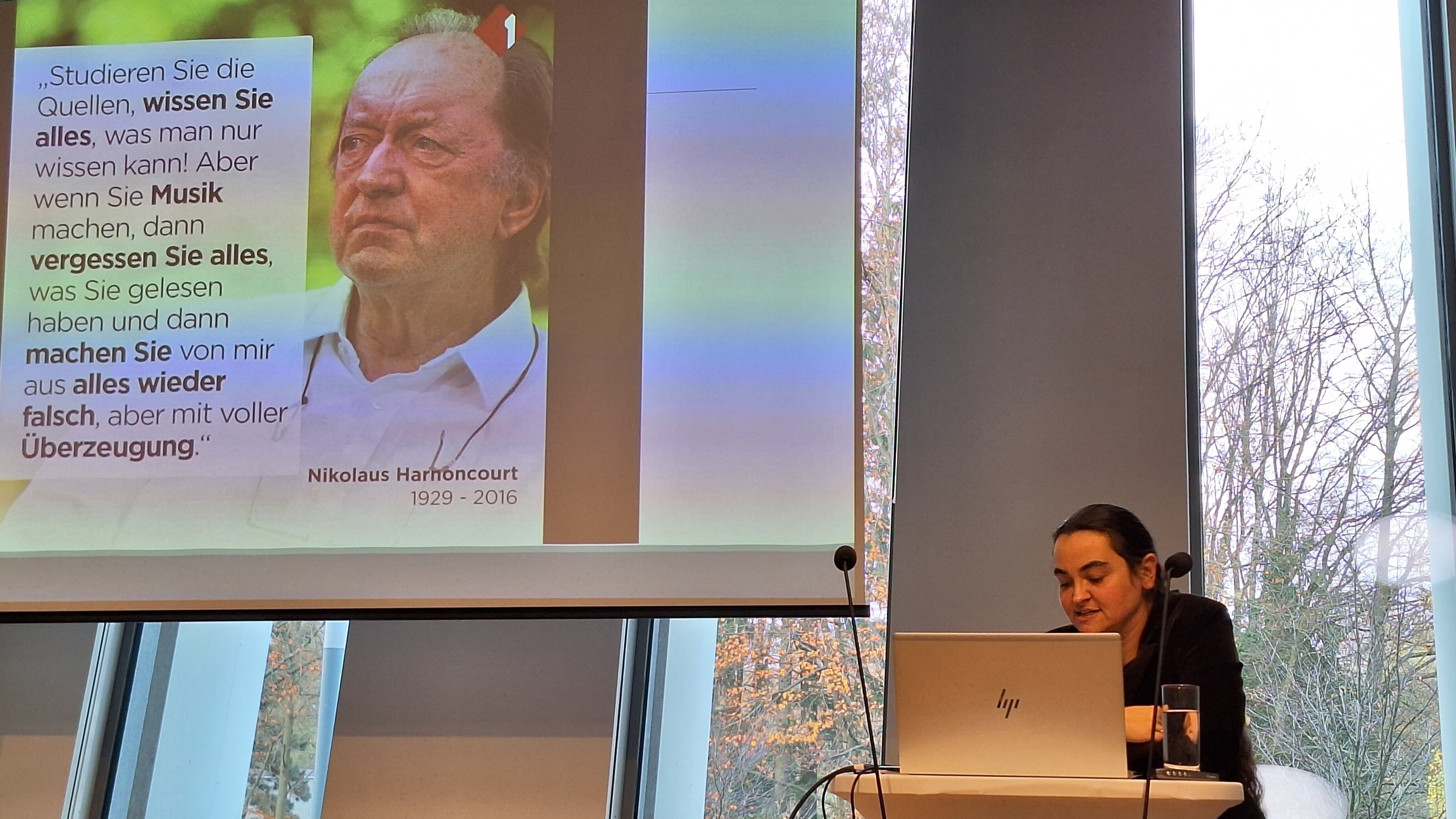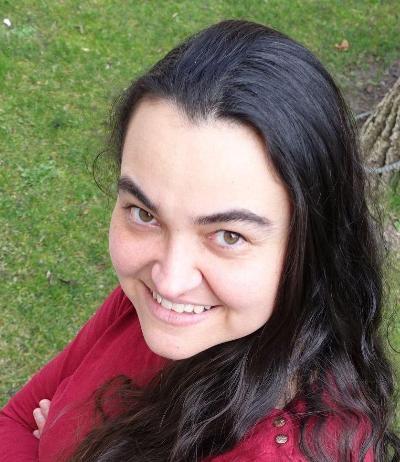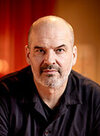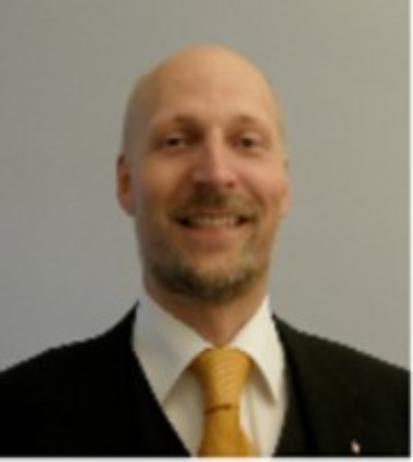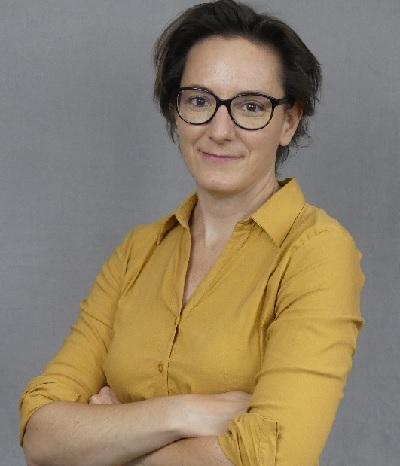Until now, listeners, interested parties, musicians and musicologists have only been able to recognise Nikolaus Harnoncourt's musical intentions in a concert and on the basis of recordings, or to dive deeper into his thoughts through his books. However, his ability to represent music is expressed even more clearly in his written notes and annotations in the full scores and performance materials, which provide special insights into the artistic creative will and comprehensive background information.
Since the beginning of their work in 1949, Nikolaus and Alice Harnoncourt have systematically built up an archive on wooden shelves, which has steadily grown to about 80 shelf metres today.
In the beginning, the scores had to be copied by hand from manuscripts or microfilms in libraries and archives and orchestral parts had to be prepared just to be able to play them through and thus assess whether they would be included in the concert programme or not.
In the series of Nikolaus Harnoncourt's annotated scores, the focus is on works by Johann Sebastian Bach, Wolfgang Amadeus Mozart, Joseph Haydn, Ludwig van Beethoven, Anton Bruckner or Johann Strauss, but also Jacques Offenbach, Giuseppe Verdi, Antonin Dvorak, Johannes Brahms, Robert Schumann, Béla Bartók and, of course, most of the Baroque composers, some of whom he even rescued from oblivion, such as Ignaz Biber, Johann Heinrich Schmelzer and Georg Muffat.
Music and literature cannot be separated in the archive. It contains numerous musical works of various genres that he was never to perform, as well as manuscripts and notes of his music-literary work and teaching.
Today, the archive has grown to an extensive collection documenting his entire oeuvre:
- Musical material (scores, orchestral material, copies of manuscripts and other primary sources);
- (annotated books) of his musical library;
- secondary literature (programmes, reviews, sketches, correspondence, repertoire lists, performance lists, conducting notes, concepts, thoughts, teaching material, rehearsal plans, lectures, interviews, photos, etc.)
- Audio-visual material (all commercial recordings of all formats, radio and TV reports, interviews, lectures, unpublished concert and rehearsal recordings).
If one takes the score of a work arranged by Harnoncourt in order to be able to read and grasp his thoughts and emphases, the work is supplemented with a multitude of material about it: sketches, scoring ideas, concepts, secondary literature about the work or its composer, manuscripts, letters, primary sources, all of which contributed to Harnoncourt's engagement with the work. In addition, there is material revolving around the performance of the work and its reception: press interviews, announcements via the media, current news coverage, tour schedules, programme booklets, performance slips, rehearsal schedules, correspondence, photos, reviews, often a recording of the performance for radio, TV, DVD or CD.
In this way, most of the performed works in the archive are quite completely documented and traceable from the approach to interpretation to the recording.
The large number of recordings, programmes, reviews, awards and prizes not only testifies to the high esteem in which the artist was held, which he had to work hard to achieve over decades, it also provides a vivid picture of the radical renewal of early music interpretation in the second half of the 20th century.
The Nikolaus Harnoncourt Centre cordially invites all those interested and searching to contact us with artistic, philosophical and scholarly enquiries.
We can surely support also your thesis or dissertation!
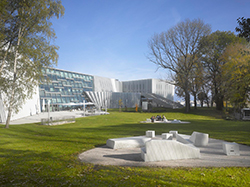
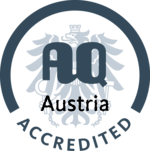
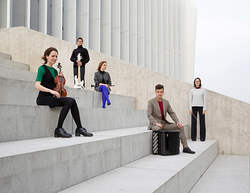
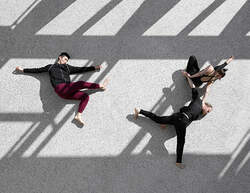
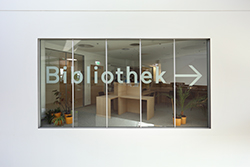
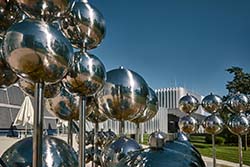
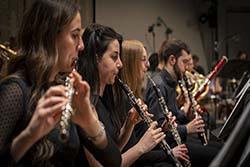

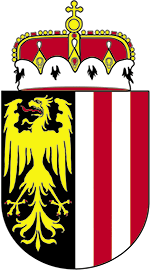
![[Translate to englisch:] (c) Simon Bauer](/fileadmin/_processed_/5/7/csm_Brunnen_ABPU_c_Simon_Bauer-755_297bc3a710.jpg)
